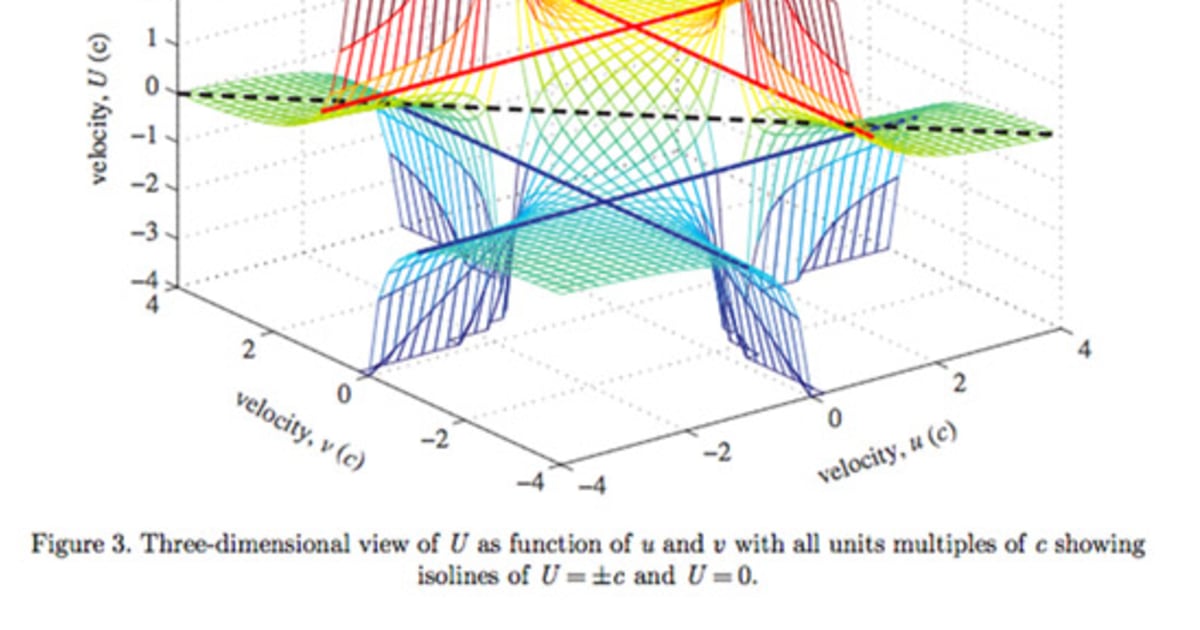


For example, for visible light, the refractive index of glass is typically around 1.5, meaning that light in glass travels at c / 1.5 ≈ 200 000 km/s ( 124 000 mi/s) the refractive index of air for visible light is about 1.0003, so the speed of light in air is about 90 km/s (56 mi/s) slower than c.įor many practical purposes, light and other electromagnetic waves will appear to propagate instantaneously, but for long distances and very sensitive measurements, their finite speed has noticeable effects.

The ratio between c and the speed v at which light travels in a material is called the refractive index n of the material ( n = c / v). The speed at which light propagates through transparent materials, such as glass or air, is less than c similarly, the speed of electromagnetic waves in wire cables is slower than c. The expansion of the universe is understood to exceed the speed of light beyond a certain boundary. phase velocities of waves, the appearance of certain high-speed astronomical objects, and particular quantum effects). In some cases objects or waves may appear to travel faster than light (e.g. In the special and general theories of relativity, c interrelates space and time, and also appears in the famous equation of mass–energy equivalence, E = mc 2. Particles with nonzero rest mass can approach c, but can never actually reach it, regardless of the frame of reference in which their speed is measured. Such particles and waves travel at c regardless of the motion of the source or the inertial reference frame of the observer. Massless particles and field perturbations such as gravitational waves also travel at this speed in vacuum.

The speed of light is sometimes referred to as lightspeed, especially in science fiction.Īll forms of electromagnetic radiation travel at the speed of light, not just visible light. A light-year is a distance unit, defined as the distance travelled by light in one Julian year. According to special relativity, c is the upper limit for the speed at which conventional matter, energy or any signal carrying information can travel through space. It is exact because, by international agreement, a metre is defined as the length of the path travelled by light in vacuum during a time interval of 1⁄ 299 792 458 second. Its exact value is defined as 299 792 458 metres per second (approximately 300 000 km/s or 186 000 mi/s). The speed of light in vacuum, commonly denoted c, is a universal physical constant that is important in many areas of physics.


 0 kommentar(er)
0 kommentar(er)
